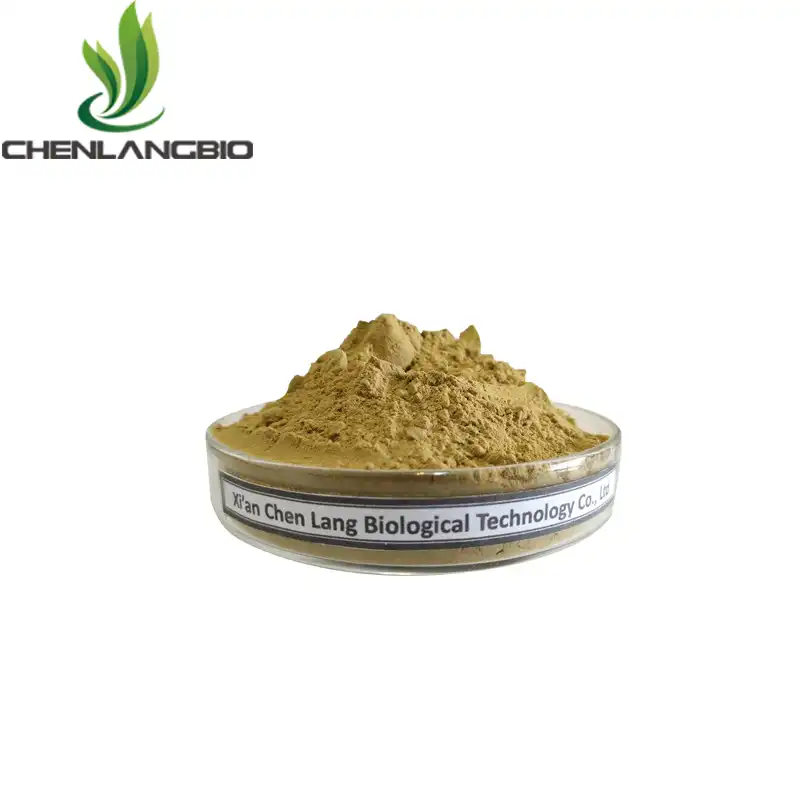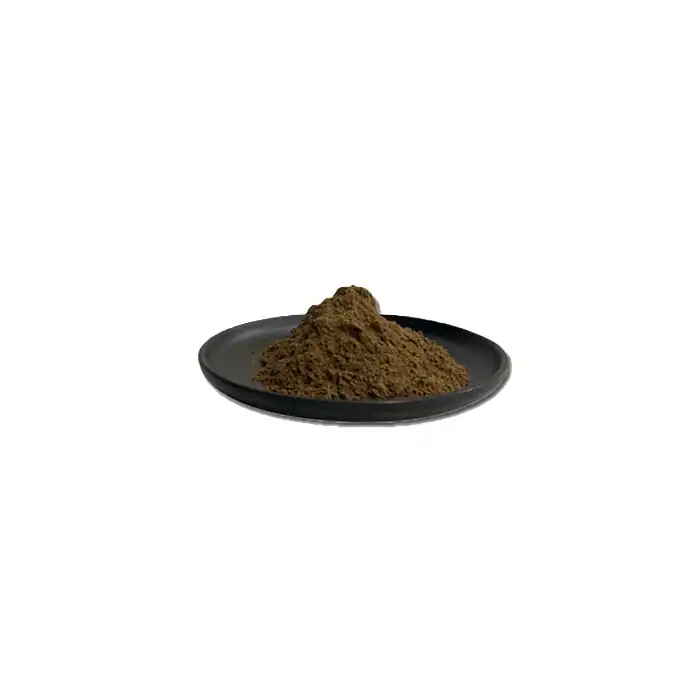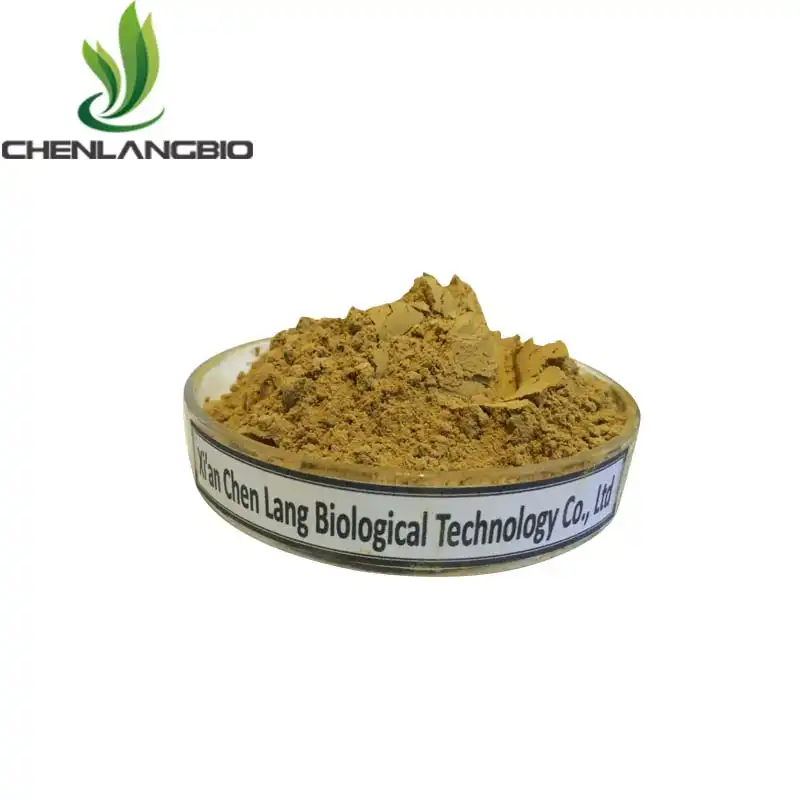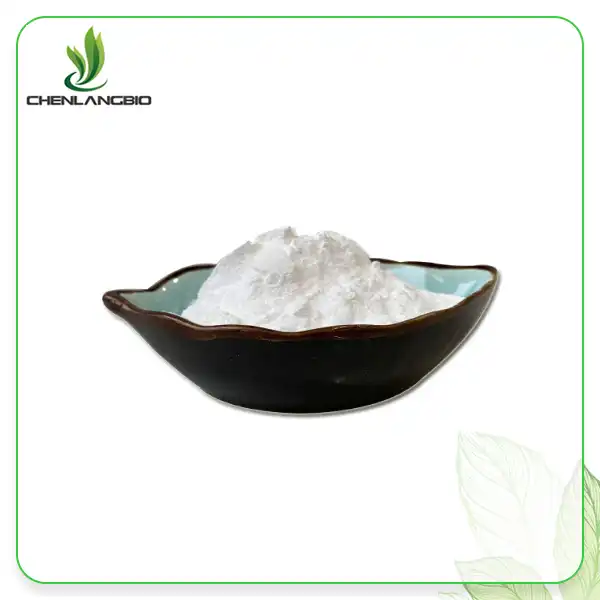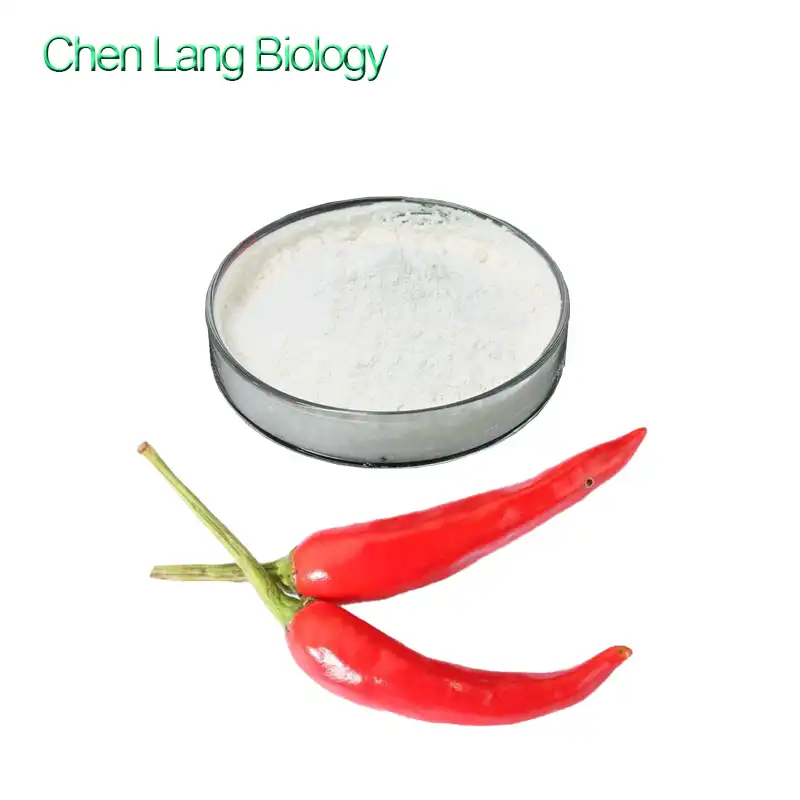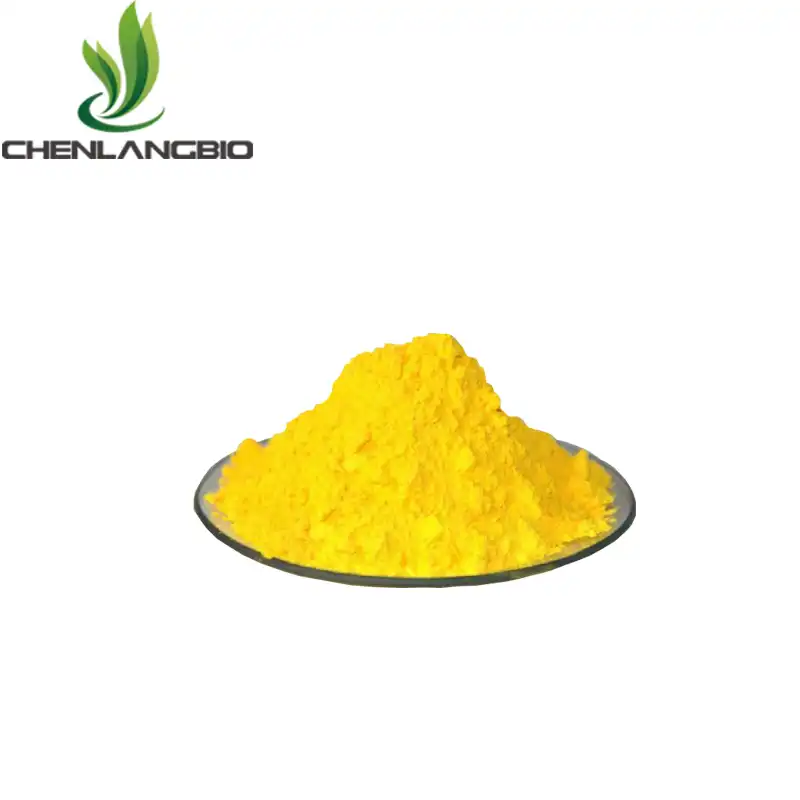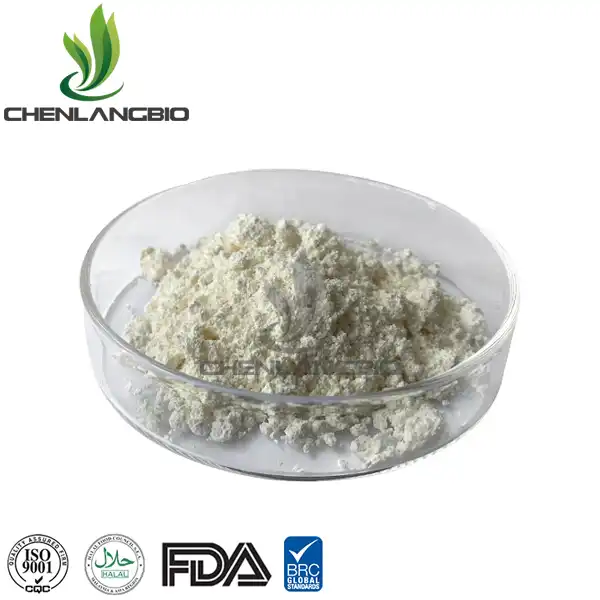What not to Mix with Sodium Ascorbyl Phosphate
2024-08-17 12:24:24
Sodium ascorbyl phosphate, or SAP for short, is a stable form of vitamin C that helps protect the skin from free radicals, brighten the complexion, and lessen hyperpigmentation. Nonetheless, it's critical to understand which goods and components shouldn't be combined with SAP in order to prevent skin irritation and reduced effectiveness. These topics will be covered in great length in this blog.
Can Sodium Ascorbyl Phosphate Be Used with Retinol?
Understanding Retinol and SAP
The anti-aging, cell turnover, and texture-enhancing properties of retinol—a vitamin A derivative—are well-known.
On the other hand, sodium ascorbyl phosphate is used for its brightening and antioxidant properties.
Although both ingredients have significant advantages for the skin, combining them needs to be carefully considered.
Potential Conflicts
pH Levels: Retinol and SAP operate at different pH levels. Retinol is effective at a lower pH, while SAP requires a slightly higher pH to remain stable. Using them together can compromise the effectiveness of both.
Skin Sensitivity: Both retinol and SAP can cause irritation, especially in sensitive skin. Using them together can increase the risk of redness, peeling, and dryness.
Safe Usage Tips
To safely incorporate both retinol and SAP into your skincare routine:
Alternate Nights: Use retinol one night and SAP the next. This method allows you to reap the benefits of both without overwhelming your skin.
Layering: If you prefer to use them in the same routine, apply SAP in the morning and retinol at night. This separation helps prevent any potential conflicts between the two ingredients.
Is It Safe to Use Sodium Ascorbyl Phosphate with AHAs and BHAs?
Understanding AHAs and BHAs
Alpha hydroxy acids (AHAs) and beta hydroxy acids (BHAs) are exfoliants used to improve skin texture, unclog pores, and reduce the appearance of fine lines and wrinkles. These acids work by removing dead skin cells and promoting cell turnover.
Potential Conflicts
Irritation Risk: Combining SAP with AHAs or BHAs can increase the risk of skin irritation. Both AHAs/BHAs and SAP can be potent, and using them together might cause redness, stinging, or peeling.
pH Levels: AHAs and BHAs function at a lower pH, similar to retinol. Mixing them with SAP can destabilize SAP and reduce its efficacy.
Safe Usage Tips
To ensure both ingredients work effectively and prevent irritation:
Different Use: Use SAP in the morning and AHAs or BHAs in the evening. This method ensures that each product functions optimally and reduces irritation risk.
Test of Patch: When you start using new skincare products, especially those with potent actives like AHAs, BHAs, and SAP, you should always do a patch test.
Can Sodium Ascorbyl Phosphate Be Combined with Niacinamide?
Understanding Niacinamide
Niacinamide, a form of vitamin B3, is known for its anti-inflammatory properties, ability to regulate oil production, and improve skin elasticity. It's a versatile ingredient that complements many other skincare actives.
Potential Conflicts
pH Compatibility: Unlike retinol or AHAs/BHAs, niacinamide operates at a pH level that is compatible with SAP, making them suitable for use together.
Ingredient Stability: Both niacinamide and sodium ascorbyl phosphate are stable in formulations, reducing the risk of irritation or degradation when used in combination.
Safe Usage Tips
Combining niacinamide and Sodium ascorbyl phosphate can enhance your skincare routine:
Layering: You can layer niacinamide and SAP without any issues. Apply niacinamide first, followed by SAP, or use a product that combines both ingredients.
Concentration: Ensure that both ingredients are present in safe concentrations to avoid overloading your skin.
Should You Use Sodium Ascorbyl Phosphate with Sunscreen?
Importance of Sunscreen
Sunscreen is a critical component of any skincare routine, providing protection against harmful UV rays that can cause premature aging and worsen hyperpigmentation.
Potential Conflicts
No Direct Conflicts: There are no direct conflicts between SAP and sunscreen. In fact, using them together can enhance skin protection.
Synergistic Benefits: SAP’s antioxidant properties can complement sunscreen by neutralizing free radicals generated by UV exposure, providing an additional layer of protection.
Safe Usage Tips
For optimal skin protection:
Application Order: Apply SAP first, allow it to absorb fully, and then follow with sunscreen. This order ensures that SAP can penetrate the skin effectively.
Broad-Spectrum Sunscreen: Use a broad-spectrum sunscreen with at least SPF 30 to provide adequate protection against UVA and UVB rays.
What Other Ingredients Should Be Avoided with Sodium Ascorbyl Phosphate?
Other Potentially Conflicting Ingredients
Benzoyl Peroxide: Benzoyl peroxide is commonly used to treat acne but can oxidize and degrade SAP, reducing its effectiveness.
Copper Peptides: Copper peptides promote wound healing and skin repair but can react negatively with SAP, leading to reduced efficacy of both ingredients.
Safe Usage Tips
To avoid conflicts with other skincare ingredients:
Separate Usage: Use benzoyl peroxide or copper peptides at a different time from SAP. For example, use SAP in the morning and benzoyl peroxide or copper peptides in the evening.
Patch Test: Always conduct a patch test when combining new ingredients to monitor any adverse reactions.
Conclusion
A potent and stable vitamin C derivative, sodium ascorbyl phosphate can help treat hyperpigmentation and provide antioxidant protection for the skin. However, in order to get the most out of SAP and avoid irritating the skin, you must be careful with the products and ingredients you mix with it. By comprehending these interactions and adhering to the safe usage guidelines presented in this blog, you can develop a skincare routine that utilizes the full potential of SAP without compromising skin health.
If you want personalized guidance or more information about our products, please contact us at admin@chenlangbio.com.
References
Healthline | The Benefits and Uses of Sodium Ascorbyl Phosphate
Byrdie | Sodium Ascorbyl Phosphate: What It Is and How It Benefits Your Skin
Allure | Everything You Need to Know About Sodium Ascorbyl Phosphate
Journal of Clinical and Aesthetic Dermatology | Sodium Ascorbyl Phosphate: A Vitamin C Derivative for Skin Health
Dermatology Times | Understanding the Role of Sodium Ascorbyl Phosphate in Skincare
WebMD | Sodium Ascorbyl Phosphate: Benefits, Uses, and More
Medical News Today | The Benefits of Vitamin C Derivatives in Skincare
Marie Claire | Sodium Ascorbyl Phosphate: A Stable and Effective Vitamin C Alternative
Vogue | The Rise of Sodium Ascorbyl Phosphate in Skincare
American Academy of Dermatology | Vitamin C in Skincare: Understanding Sodium Ascorbyl Phosphate
Send Inquiry
Related Industry Knowledge
- Is Cactus Extract Powder Good for Skin?
- What are the Health Benefits of Tetrahydrocurcumin
- Does Centella Asiatica Help Acne Scars
- How Does Dimethylmethoxy Chromanyl Palmitate Work in Skincare
- Is Ectoin Safe
- Can I Mix Niacinamide with Bakuchiol
- How To Take Lufenuron
- What Is The Best Way To Take Fisetin?
- Where Can I Buy Natural Cranberry Extract Powder
- Why Milk Thistle Extract Powder Added to Liver Medicine


